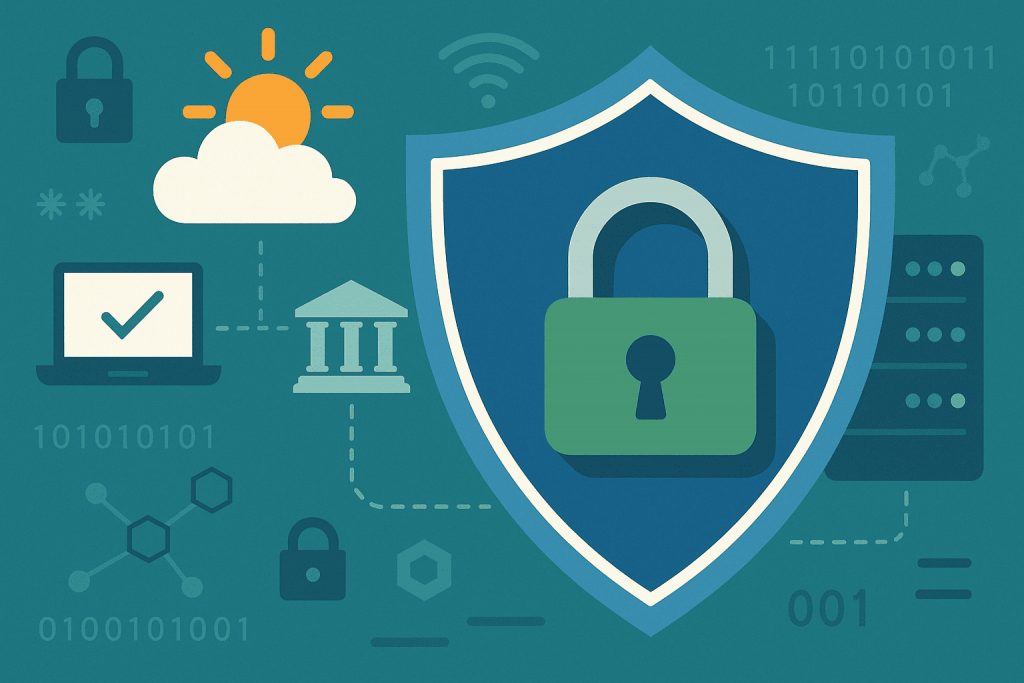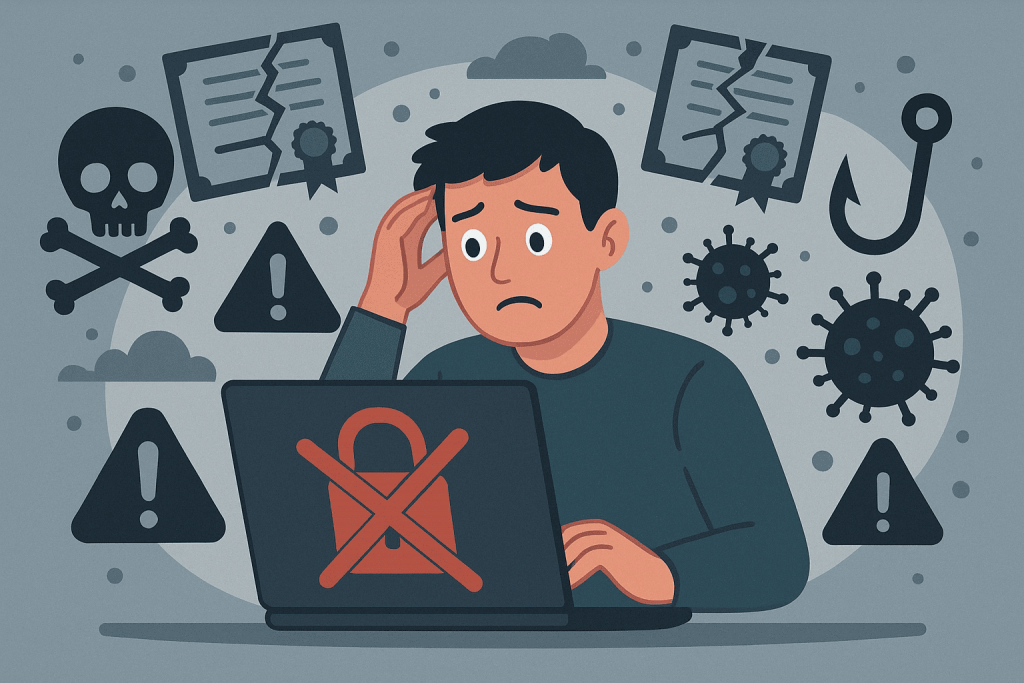
The emergence of Let’s Encrypt became one of the most important milestones in the history of internet security. Until 2015, obtaining an SSL or TLS certificate was a complex, expensive, and time-consuming process. Many website owners postponed switching to HTTPS because they had to navigate bureaucratic procedures, wait for certificate approval, and manually configure their servers. This created a paradox: the technology for protecting data existed, but access to it remained limited. Let’s Encrypt made security widespread, affordable, and automated — transforming not only the approach to encryption but also the architecture of the internet as a whole.

